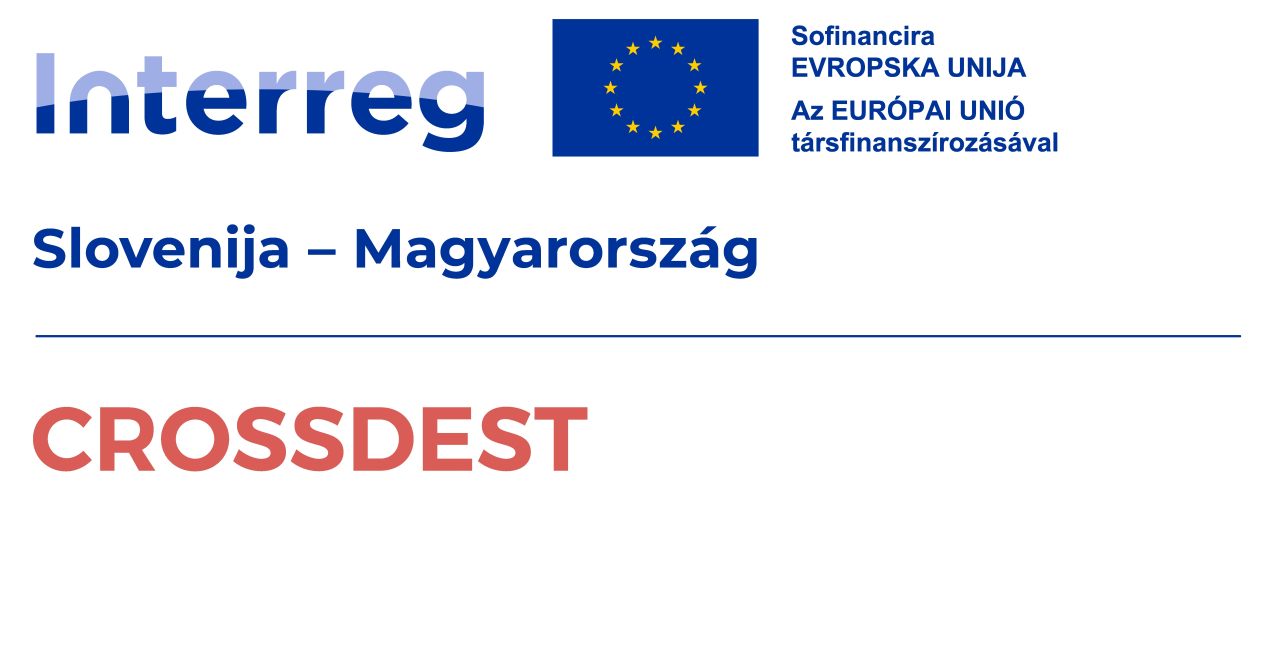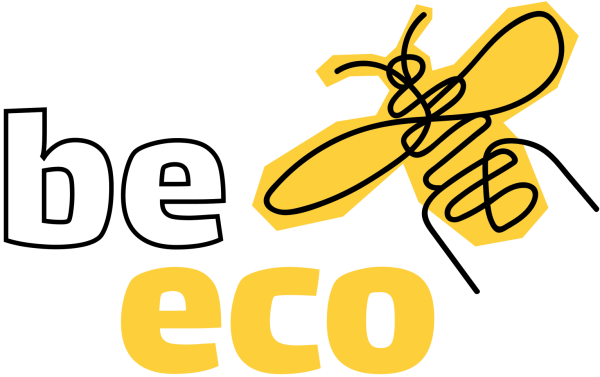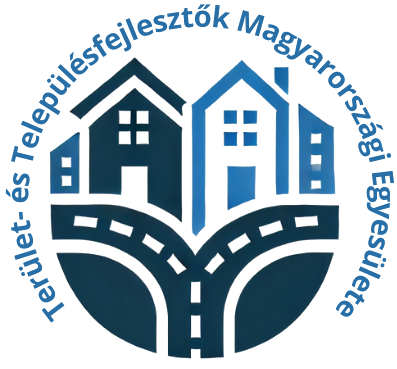-

Photo: https://gyimeskozeplok.ro -

Photo: https://gyimeskozeplok.ro










Gyimesközéplok
Gyimesközéplok (in Romanian: Lunca de Jos) is a village located at the eastern border of Harghita County, in the valley of the Tatros River. It is the middle settlement of the three historical Gyimes villages. Nestled among the pine forests of the Eastern Carpathians, the village serves as a natural passageway between the Moldavian and Székely regions – both geographically and culturally. The village's area is mountainous with a scattered farmstead structure, and the inhabited areas stretch for several kilometres along the Tatros River. The Gyimes Pass railway line, jointly operated by MÁV and CFR, runs through the outskirts of the village, connecting Brașov and Gyimesbükk. Gyimesközéplok has its own railway station, making it easily accessible by public transport. The character of the settlement is strongly influenced by the Csángó-Hungarian cultural heritage. Locals preserve traditional clothing, religious customs, folk songs, and dances – and the village often hosts folk music and heritage events to showcase these traditions. The Roman Catholic church, vernacular architectural values, local museums, and craft workshops are all integral parts of the Csángó identity. Economically, the processing of cow and sheep milk, timber yards, and the use of hayfields remain significant in the village. Many of the homemade cheeses, dairy products, herbal teas, and honey are produced locally in small family farms. The surrounding mountains – such as the Gyimes Pass, Bodoki Peak, and the 30th railway guardhouse near the Kontumáci Chapel – are popular hiking destinations. The area's railway tourism is also noteworthy: the trains winding through the narrow valley, the former border stations, and railway bridges offer a unique sight. The village has numerous guesthouses, chalets, and inns where visitors can enjoy homemade Csángó dishes, fresh cheeses, and honey. Visitors truly arrive in a region where the closeness of nature and living traditions are an integral part of everyday life.
Arrival
- Walk
- Horseback
- Bike
- Electric bicycle
- Bus (rented for the trip)
- Motorcycle
- Car
Public transport
- railway
- bus
Parking information
- Free outdoor parking available
Sustainability level
Topic 1: Destination Management 56%
- Visitor management: 80%
- Commitment and organization: 0%
- Design & development: 50%
- Monitoring and reporting: 50%
- Legal and ethical compliance: 100%
Topic 2: Nature and landscape 100%
- Nature and wildlife protection: 100%
- Nature and conservation: 100%
Topic 3: Environment and climate 43%
- Land use and pollution: 67%
- Water management: 40%
- Energy, sustainable mobility and climate change: 0%
- Adaptation to climate change: 50%
- Waste and recycling: 60%
Topic 4: Culture and traditions 88%
- Cultural heritage: 100%
- People and traditions: 75%
Topic 5: Social Welfare 43%
- Health and safety: 100%
- Local economy: 20%
- Socio-economic impacts: 0%
- Community participation: 25%
- Human dignity: 71%
Topic 6: Business and Communication 61%
- Business participation: 22%
- Information and marketing: 100%


